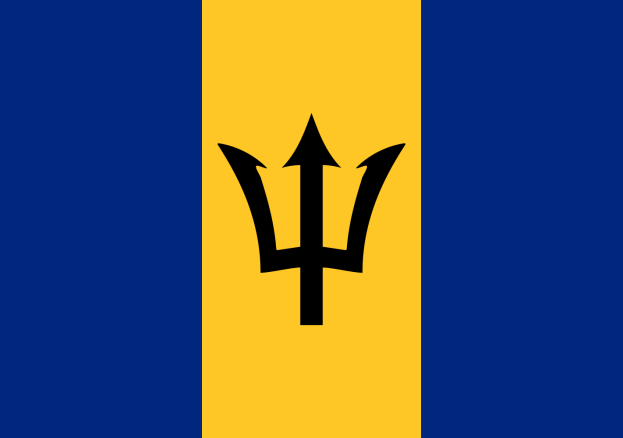
Situated in the Lesser Antilles Region of the Americas and the North Atlantic, Barbados is a small Caribbean Island totalling 432 square Kilometres, sitting on the outskirts of the Atlantic Hurricane Belt. It is a strange title, as despite Barbados’ Atlantic Island classification, it is widely regarded and accepted as a Caribbean Island where it is a world leading tourist destination.
Originally settled by the Amerindians from South America, Barbados later became settled by the native Kalinago/Carib people who have dwelled there since the 13th Century.
In the 15th Century, Barbados was claimed by Spanish navigators, for the Monarchy of Spain and Barbados soon featured on Spanish maps as early as 1511.
The majority of known Barbadian History begins in 1625 however, when English travellers claimed the land for King James I and in 1627, the first English settlers arrived in England- quickly turning it into a English Colony before developing the Island into a British Colony soon after.
As a British Colony, Barbados became better known for its rich and high quality Sugar Cane during the period of the Atlantic Slave Trade. However, before the rise of Sugar, Barbados was an island that was heavily used for cultivating Tobacco, Cotton, Ginger and Indigo; areas of manufacture which have been revived since Barbados’ independence from Britain in 1966.
The name, ‘Barbados’ stems from the Spanish and Portuguese navigators who passes Barbados in the Late 1400’s and early 1500’s who called it ‘Barbados’ meaning ‘The Bearded Ones’. The Origins of the name are disputed, with some Historians claiming that the name derives from the Waves hitting the shores looking like a beard, whilst other Historians arguing that it is more likely the name derives as a description of the Caribs who lived there upon their arrival, of which many sported a thick beard.
Under British control, the name ‘Bim’ and ‘Bimshire’ became more popular, with the Natural Cultural Foundation of Barbados theorising that the name is a derivative of the Igbo word ‘bèm’, a slight variation on the word meaning ‘My home/kindred/kind’ due to the large percentage of Igbo slaves who had been transported to the Island.
Road to Independence (Source: Fun Barbados)
During the 1920’s Political arousal of the Black population became obvious when Charles Duncan O’Neal formed the Democratic League.
In 1938 after the civil disturbances in 1937, the Barbados Progressive League (later becoming the Barbados Labour Party) was formed and Barbados attained a full internal self-government in 1961.
The first Premier, Grantley Adams (later Knighted to ‘Sir’) led Barbados into the (10) member West Indian Federation in 1958 until 1962. After the Federation was terminated in 1962, Barbados returned to its former status as a self-government. Failed attempts were made by the Premier Grantley Adams to form another Federation with the Leeward and Windward islands.
Barbados was then led into full Independence on November 30th 1966 by the then Premier Errol Walton Barrow of the Democratic Labour Party (previously the Democratic League), a group which in 1955 broke away from the now Barbados Labour Party. Errol Barrow became the first Prime Minister of Barbados. This date was also St Andrew’s Day.
Barbados had now achieved Independence from Britain, but maintained ties to the British monarch, represented in Barbados by the Governor General. Barbados became an independent state within the Commonwealth Nations and continues to have major role in regional cooperation.
On that Proud day of Independence now a National Holiday, the ceremony included the first playing of the National Anthem, the first raising of the National Flag and an elaborate parade.
Since Independence Barbados has been a member of Caricom (previously the Caribbean Free Trade Area), as well as gaining close ties with LEDC (less economically developed Countries). Barbados now enjoys one of the most stable political and economic environments in the English speaking Countries.
